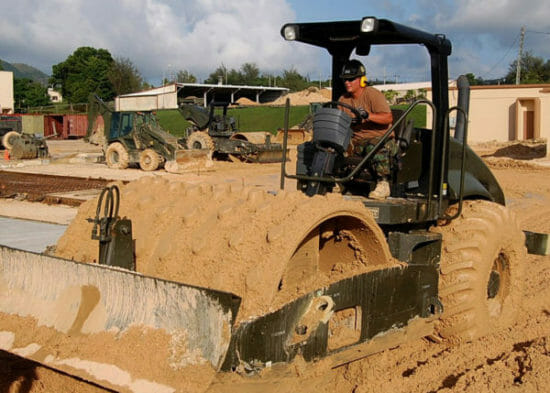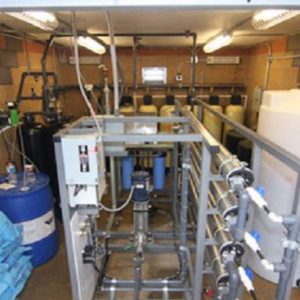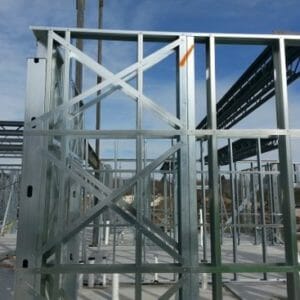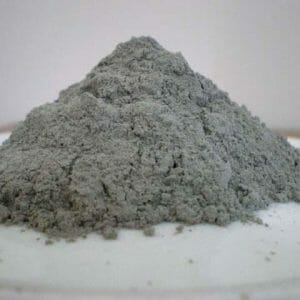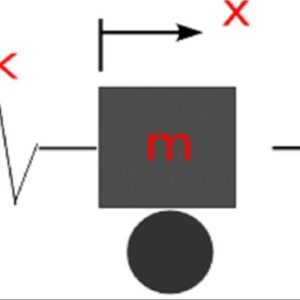Description
Procedures and criteria described here are applicable to the design and construction of roller-compacted concrete (RCC) pavement (RCCP). Roller-compacted concrete pavement employs a concrete paving technology that involves laydown and compaction of a zero-slump concrete mixture using equipment similar to that used in placement and compaction of asphaltic concrete pavement. By using these construction techniques, the potential exists to save one-third or more of the cost of conventional concrete pavement. Although the concept and technology behind RCCP is relatively new, RCCP has already proven itself cost-effective in projects including log-sorting yards, port facilities, heavy equipment parking areas, tank trails, and haul roads.
Course Outline
1. APPLICATION
2. GENERAL
3. SUBGRADE AND BASE COURSE PREPARATION
4. SELECTION OF MATERIALS
5. MIXTURE PROPORTIONING
6. THICKNESS DESIGN
7. TEST SECTION
8. BATCHING, MIXING, AND TRANSPORTING
9. PLACING
10. COMPACTION
11. COLD JOINTS
12. CURING
13. QUALITY CONTROL/ASSURANCE
This is an introduction to the materials and methods to be used to proportion, mix, transport, place and maintain quality control for roller-compacted concrete pavements
- Learn about base and subgrade preparation;
- Learn how to select pavement materials;
- Learn about mixture proportioning;
- Learn about pavement thickness design;
- Learn about mixture proportioning, batching, mixing and transporting of materials;
- Learn about pavement placing techniques and requirements;
- Learn about compaction requirements;
- Learn about cold joints, curing, and overall quality control.
 E - 1106 Fundamentals of Heat Exchangers
1 × $50.00
E - 1106 Fundamentals of Heat Exchangers
1 × $50.00  E - 1101 Solar Energy Fundamentals
2 × $100.00
E - 1101 Solar Energy Fundamentals
2 × $100.00  E - 1124 Fuel Cells–Green Power
1 × $75.00
E - 1124 Fuel Cells–Green Power
1 × $75.00  E - 1409 Hazardous Waste Stabilization and Solidification
1 × $100.00
E - 1409 Hazardous Waste Stabilization and Solidification
1 × $100.00  E - 1645 Gas Insulated Substation Definitions and Basics
1 × $150.00
E - 1645 Gas Insulated Substation Definitions and Basics
1 × $150.00  E - 1114 Hydraulic Jumps and Supercritical & Non-uniform Flow
1 × $75.00
E - 1114 Hydraulic Jumps and Supercritical & Non-uniform Flow
1 × $75.00  E - 1217 Structural Design Criteria for Buildings
1 × $75.00
E - 1217 Structural Design Criteria for Buildings
1 × $75.00 
 E - 1106 Fundamentals of Heat Exchangers
E - 1106 Fundamentals of Heat Exchangers  E - 1101 Solar Energy Fundamentals
E - 1101 Solar Energy Fundamentals  E - 1124 Fuel Cells–Green Power
E - 1124 Fuel Cells–Green Power  E - 1409 Hazardous Waste Stabilization and Solidification
E - 1409 Hazardous Waste Stabilization and Solidification  E - 1645 Gas Insulated Substation Definitions and Basics
E - 1645 Gas Insulated Substation Definitions and Basics 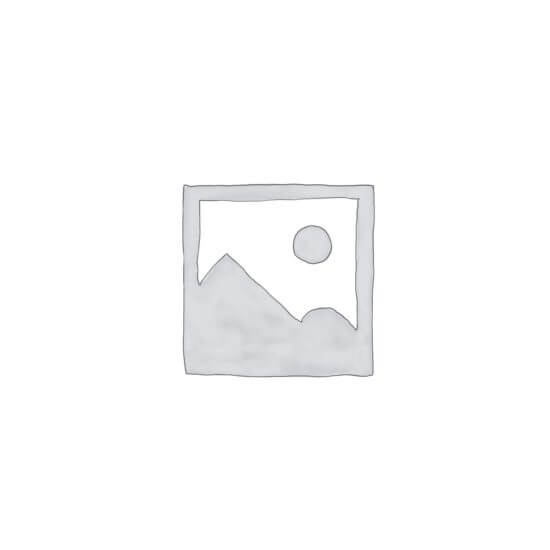 E - 1114 Hydraulic Jumps and Supercritical & Non-uniform Flow
E - 1114 Hydraulic Jumps and Supercritical & Non-uniform Flow 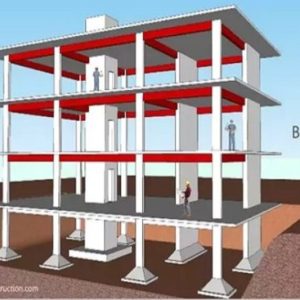 E - 1217 Structural Design Criteria for Buildings
E - 1217 Structural Design Criteria for Buildings 